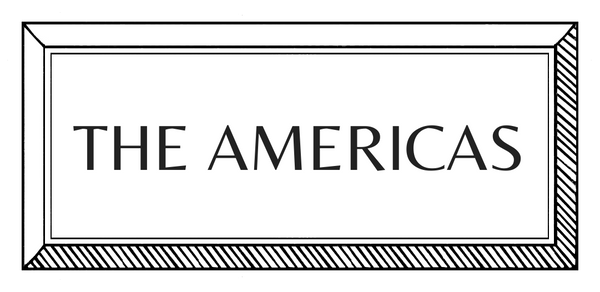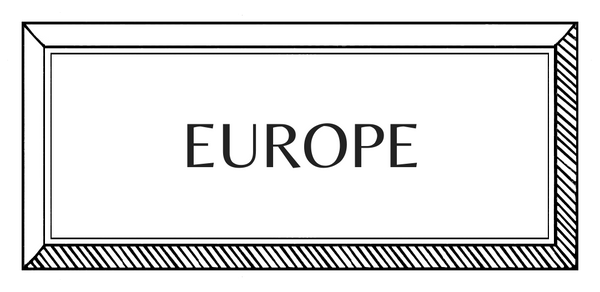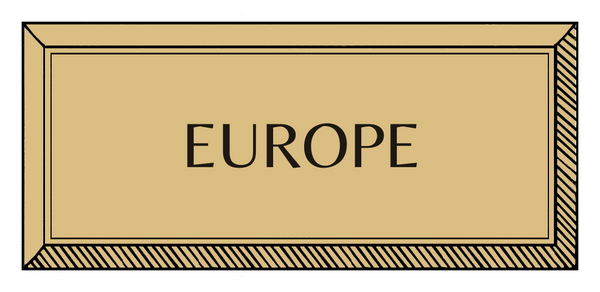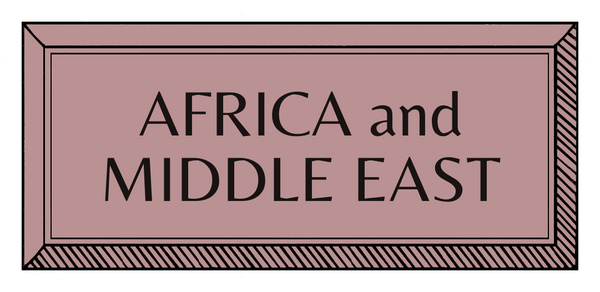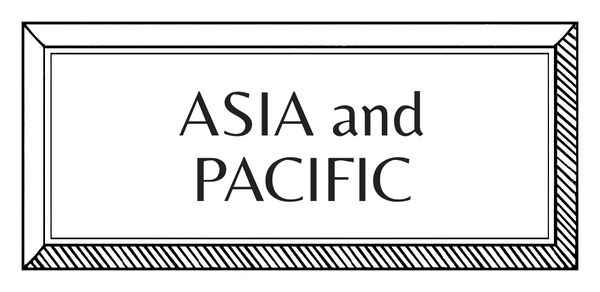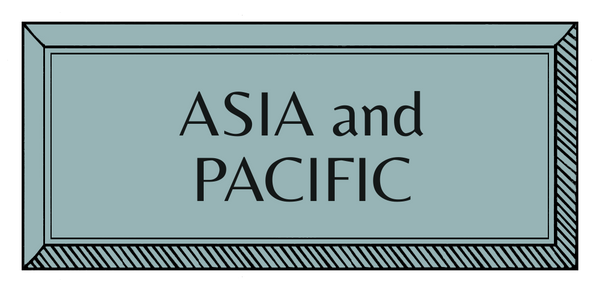MAKERS | AMERICAS | ALASKA | MULTI-MEDIA
Erin Ggaadimits Ivalu Gingrich | Carver & Artist

Alaskan artist and wood carver, Erin Ggaadimits Ivalu Gingrich, grew up with a profound awareness of Indigenous traditions, cultures and crafts. Her masks and sculptural works are strongly influenced by Indigenous communities, time spent on homelands or wildplaces, research in museum collections, and visiting cultural belongings.
How did you begin?
The Indigenous subsistence lifeways that I was raised in, and remain actively connected to, are the foundation of my creative work - and what feeds me and my work. My Indigenous family and community surrounded me with artistry and creative practices, so I gathered various creative skills early in life. My grandmother taught me how to do bead work as a child, and after a certain point it became obvious that I should be considering creative work seriously. Carving became central to what I do.
How did you learn?
I first learned how to carve in a Native Arts class at the University of Alaska Fairbanks at the Native Arts Center there. After I turned towards arts, I obtained my Bachelor of Fine Arts degree in Native Art from the University of Alaska Fairbanks and more recently received my Masters of Fine Arts degree in Studio Arts from The Institute of American Indian Arts. I have also received mentorship from carvers Da-ka-xeen Mehner, Kathleen Carlo-Kendall, Eric Nang K'adangaas Hamar and others.

Who or what most influences your work?
My work is heavily centered and influenced by my Indigenous subsistence lifeways, time spent on homelands or wildplaces, research in museum collections visiting cultural belongings and being in community with other makers or Indigenous folks.
How do you plan, prepare, and create your works?
My work starts with research, intention and experience. From that point I gather an understanding of the form of the work. I then make sketches and templates for the masks or sculpture which are traced onto the carving material. The work is shaped into its side profiles using a bandsaw and then formed using carving knives, chisels and gouges. Once the body of the work is made, I paint and adorn the work with strands of beads to finish the piece.
What does a typical day look like?
Slower mornings and movement start a good day, and then carving until I tire or the sunlight creeps into my studio and tells me to be outside. A carving practice requires a lot of care for the body; I try to build into my day reciprocity for the work my body has done to try to maintain something healthy.

An object you’ll never part with?
My first Natchiq mask.
A place or space that most inspires you?
Sitnasuaq or Nome, Alaska.
Interview by Lucrezia Lucas
Images from E. Gingrich







